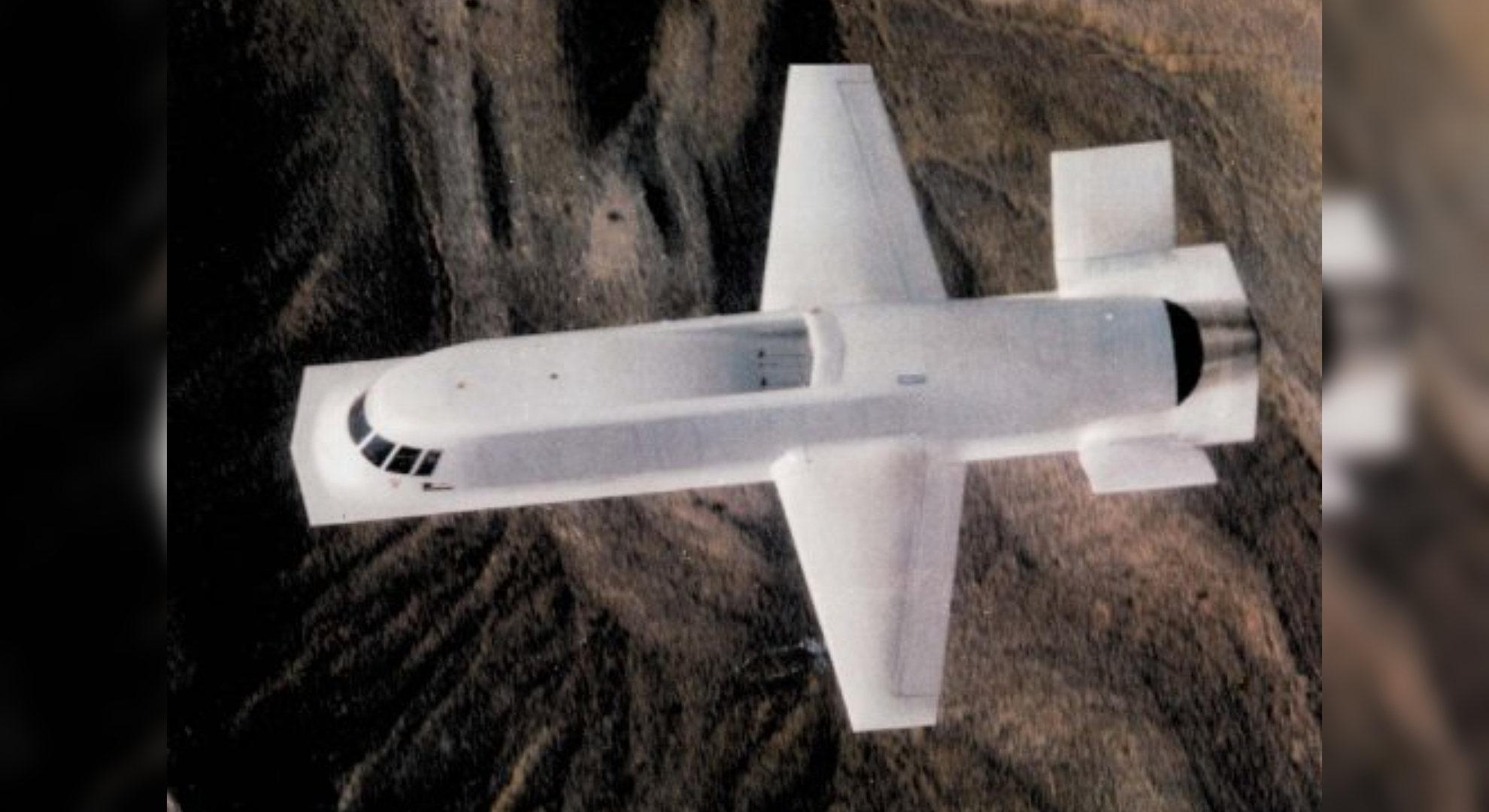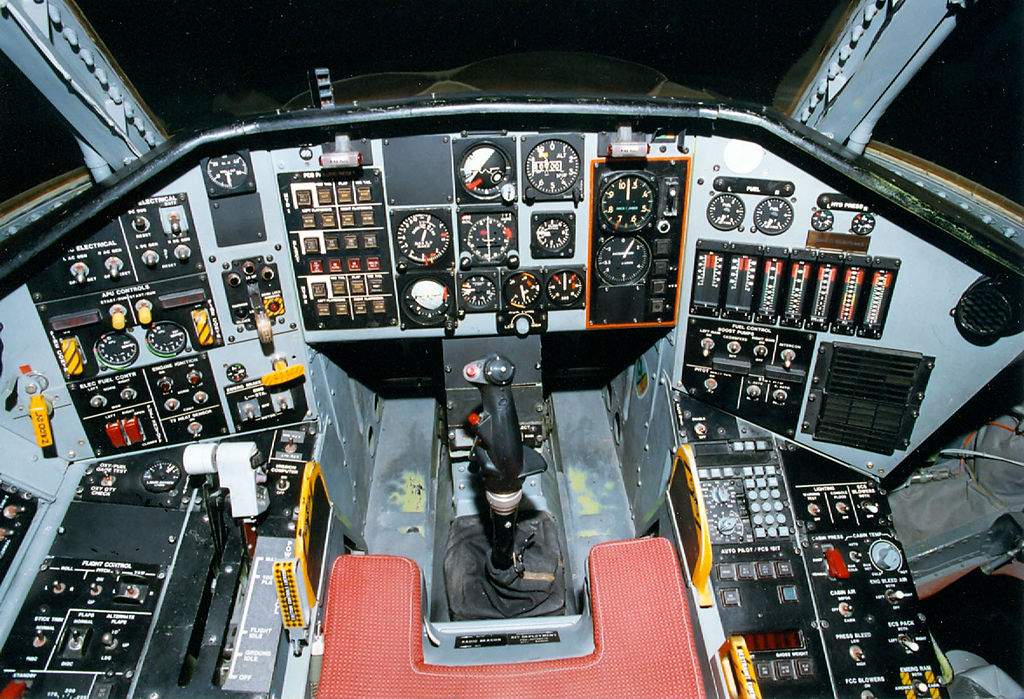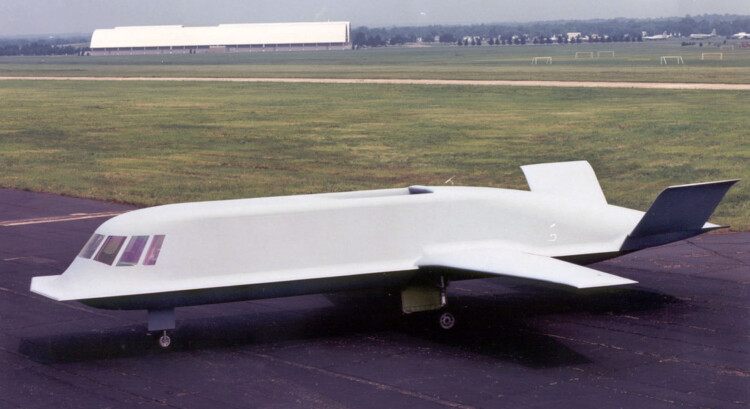Unveiling itself from the depths of secrecy, the aerospace industry witnessed the birth of a game-changing aircraft that would redefine the very essence of military technology. Like a phantom emerging from the shadows, Northrop’s Tacit Blue made its enigmatic debut, captivating the imagination of aviation enthusiasts worldwide. With an aura of mystique surrounding the experimental aircraft’s every curve and contour, this remarkable marvel etched its name in the annals of history, leaving an indelible mark on the world of aviation.
Under Tight Wraps: Tacit Blue’s Classified Origins
Amid the height of the Cold War, the United States found itself locked in a perpetual struggle for technological supremacy. In this clandestine era, Northrop Grumman embarked on a covert mission for the U.S. military to develop an aircraft that would revolutionize surveillance and reconnaissance capabilities.

The “Whale” aircraft was designed in utmost secrecy in the late 1970s to evade detection by adversarial radar systems while conducting unprecedented intelligence gathering. The project remained shielded from public knowledge to safeguard cutting-edge technology from prying eyes.
At the core of Tacit Blue’s creation was the need for a stealthy reconnaissance platform. The strategic importance of gathering enemy intelligence without alerting their radar systems drove Northrop to embark on an audacious endeavor, keeping the project’s details under wraps. Behind closed doors, engineers and scientists toiled diligently, pushing the boundaries of aeronautical design and materials to craft an aircraft like no other.
The Phantom’s Form: A Stealthy Avant-Garde
Its appearance was nothing short of an avant-garde masterpiece. A flying wing design, with blended and curved surfaces, concealed advanced radar-absorbing materials, rendering the aircraft nearly invisible to enemy radar. Its stealthy features allowed Tacit Blue to penetrate hostile airspace undetected, an unprecedented feat at the time.

The unconventional design of the aircraft, with its lack of distinct surfaces and edges, contributed to its stealthy nature. By reducing radar cross-section and radar reflections, Tacit Blue flew under the radar, so to speak, effectively hiding from enemy detection. The success of Tacit Blue’s stealthy attributes laid the groundwork for future stealth aircraft, demonstrating the feasibility and effectiveness of this new approach to aircraft design.
But Tacit Blue’s innovative facade ran more profound than its aesthetic allure. The aircraft’s distinct shape and design paved the way for future stealth technology, serving as a precursor to the development of other famed stealth aircraft, such as the B-2 Spirit and the F-117 Nighthawk.
Trials and Triumphs
In the late 1980s, Tacit Blue made its clandestine debut, embarking on a series of test flights in the vast desert skies. The aircraft’s ability to silently infiltrate enemy territory and conduct high-altitude reconnaissance missions proved revolutionary, giving the U.S. military a significant advantage in strategic intelligence gathering.
As Tacit Blue soared through the secretive skies, its groundbreaking capabilities pushed the boundaries of what was deemed possible in the world of aviation. Its success in evading detection and executing complex missions showcased the prowess of Northrop’s engineering and design teams, solidifying the company’s reputation as a pioneer in stealth technology.
Throughout its testing phase, Tacit Blue demonstrated impressive maneuverability, flying at altitudes and speeds that surprised observers. Its agility and range allowed it to cover vast distances in enemy airspace while remaining undetected, enabling crucial intelligence-gathering missions.
But Tacit Blue was not immune to challenges. The intricate technologies and unorthodox design required careful fine-tuning, and engineers encountered hurdles that tested their ingenuity. Yet, with each obstacle, Tacit Blue’s capabilities evolved, pushing the envelope of military aviation.
Legacy of Innovation
As its secretive missions came to an end, Tacit Blue left an indelible legacy. The aircraft’s groundbreaking technology laid the groundwork for future generations of stealth aircraft, transforming the face of modern warfare and surveillance. Its contributions to the development of stealth technology continue to echo through the aerospace industry, forever etching its name in the annals of aviation history.
Tacit Blue’s success was instrumental in developing the B-2 Spirit, the renowned stealth bomber, which would become a critical asset in the U.S. Air Force’s arsenal. The knowledge and insights gained from Tacit Blue’s missions significantly contributed to the refinement of stealth technologies, creating more sophisticated and capable stealth platforms.
But the true extent of Tacit Blue’s impact may never be fully disclosed. Classified details and records continue to remain hidden, cloaked in secrecy, leaving aerospace enthusiasts and historians eager to uncover the complete narrative behind this pioneering technology demonstrator.
First-hand Account from a Veteran Program Manager
Last year, an accomplished U.S. Air Force fighter pilot who worked under the tight wraps of the Tacit Blue project shared a candid and detailed account of the finer aspects of what is widely regarded as one of the most groundbreaking secret aircraft test programs in history, despite being often overshadowed by Lockheed’s Have Blue stealth demonstrator that preceded it.
Check out his full interview below.
Tacit Blue – An Icon of Secretive Innovation
Northrop’s Tacit Blue stands as a testament to human ingenuity and the pursuit of excellence in the face of secrecy. A trailblazer in stealth technology, this enigmatic aircraft forever altered the course of aviation history, leaving an enduring legacy that continues to shape the skies above. As time marches forward, Tacit Blue’s veiled origins and the intricacies of its missions may someday emerge from the shadows, allowing the world to witness the full scope of its impact on the world of military aviation.
Tacit Blue’s enduring legacy is a testament to the spirit of innovation and the dedication of those who dare to push the boundaries of what is possible. As the aerospace industry continues to evolve, Tacit Blue’s pioneering efforts will continue to serve as a guiding light, inspiring future generations of engineers and visionaries to dream beyond the horizon. And while Tacit Blue’s classified missions will forever remain veiled, its spirit of innovative excellence will forever soar in the annals of aviation history.










COMMENTS
You must become a subscriber or login to view or post comments on this article.